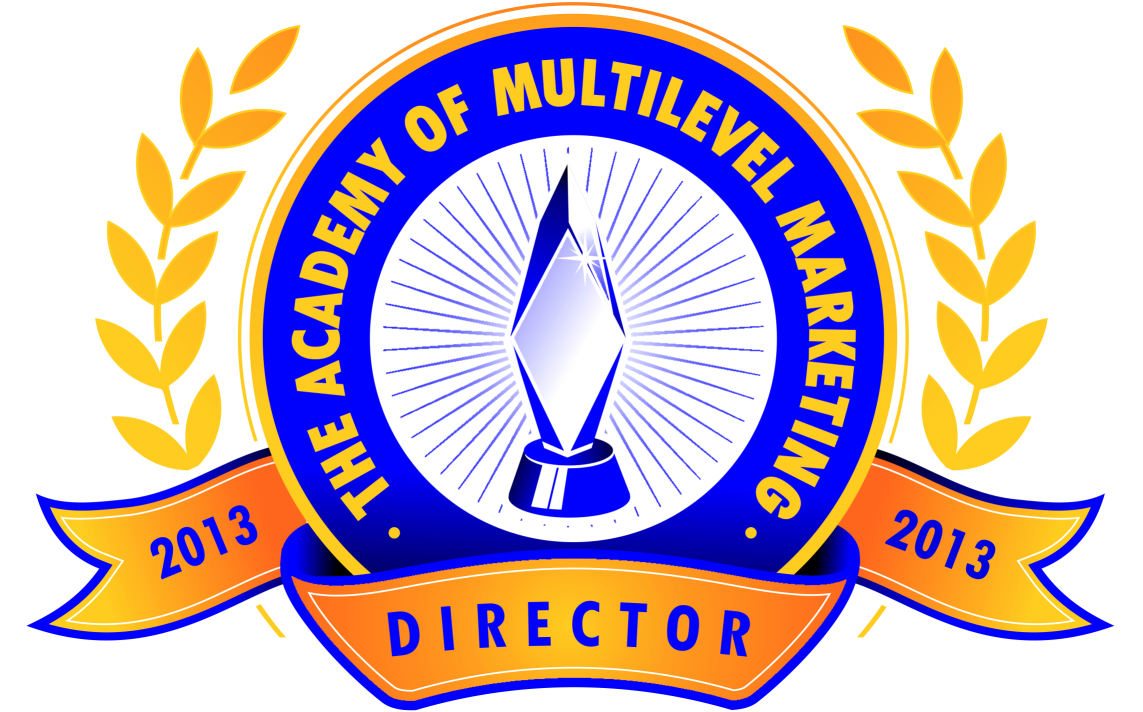Robert FitzPatrick
By Len Clements ©2005
| In case you missed part one of this series – get the back issue! If you are one of the many thousands of honest, rationally thinking folks who supplement their income, or make their living, from a good network marketing opportunity, you are not going to want to miss a single word of this multi-part series. You see, there are four individuals who believe, and are trying desperately to get you and everyone else you know to believe, that MLM is an illegal, unethical scam, and you are one of its ignorant, gullible “victims.” These Four Horsemen of the Apocryphal are small in number, but thanks to the internet their words are available to millions, and they are doing some damage. Whether you realize it or not, many of those who are not responding to your marketing campaign are victims of the anti-MLM propagandists. Having heard only their side of the story, and with no ability for us to rebut their otherwise easily rebuttable rants, our prospects become their victims. I’ve made a good, honest living at this business for 14 years now. I sleep in as late as I want in the morning, take a day (or week) off when ever I feel like it, paid off the mortgage of a four bedroom home in less than three years, and even better, I was afforded the ability to buy a nice home near me for my elderly mother after my dad passed away last year. I certainly don’t feel like a victim. And I’ve never front loaded anyone with unwanted products, never made ridiculous medical or income claims, never mislead anyone into attending an opportunity meeting, and never sold any training or tools for a profit. And I never lost a single friend in the process. Yet, there are surely tens-of-thousands of people who have shunned the opportunity to experience all that network marketing has given me, and so many others, because of the anti-MLM propaganda machine. Yes, there are people who have been victimized by a few bad MLM companies, or more likely bad pyramid schemes disguised as MLM companies. But as many, if not more, are “victims” of those that would have you believe there is no good in network marketing. I’ll be telling you why they’re wrong here in this publication over the next several issues. The subject of Part One was Dean Van Druff, the author of the well traveled article “What’s Wrong With Multilevel Marketing” (my article could have been titled “What’s Wrong with Van Druff’s article!”). I think it’s about time these naysayers be taken to task. Their words have lingered unopposed long enough. False Profits – Robert FitzPatrick Another prominent MLM opponent, Robert FitzPatrick, has gone so far as to co-author two books on the subject. His primary work is a 216 pager called False Profits, and subtitled “Seeking Financial and Spiritual Deliverance in Multi-Level Marketing and Pyramid Scheme.” I think Mr. FitzPatrick mistitled his book. It should have been called “An Expose’ of the Airplane Game.” Indeed the first half of the book is nothing more than an elegant rant about the classic pyramid scheme of the 70’s and 80’s. Even when MLM is discussed it is usually within the context of our alleged “capitalization on New Age, Mysticism and Transcendentalism.” Dr. FitzPatrick often blurs the lines between present day network marketing and the New Age influence of 80’s style pyramid schemes, which in my over 14 years of full time study and participation, I have never seen practiced by anyone (although New Age philosophy did permeate a small number of legal MLM organizations in the 70’s and 80’s). FitzPatrick, himself an avid student of “New Thought philosophy” and a graduate of several personal development and enlightenment courses, focuses heavily on “New Age philosophy” in False Profits, which he claims plays a “central and defining roll” in enrolling and inspiring distributors. He claims that all MLMs rely on the “core beliefs” of the New Age community. That being, “wealth comes not from frugality, hard work or ingenuity, but from being in the right place at the right time. And faith will take you to this mystic and magical place.” So, what if we (like I, and so many of my peers) apply frugality, hard work and ingenuity to their MLM business? If FitzPatrick was only denouncing the way many of us promote and conduct our MLM business I’d have to agree with him, to an extent. I don’t like the way some people pitch and practice MLM either. But why throw away the present just because you didn’t like the wrapping paper? |










